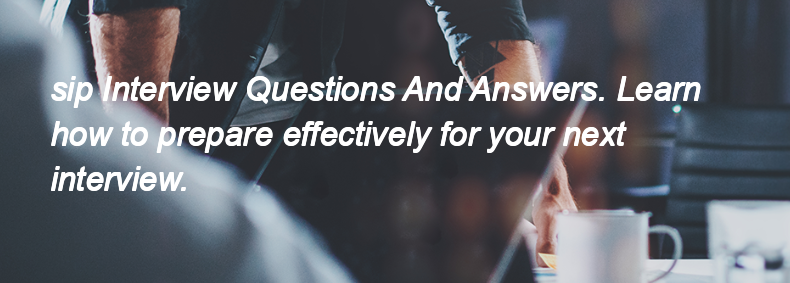HTTP methods are standardized request types used in APIs to perform actions on resources. The main methods are:
1. **GET**: Retrieve data from a server.
2. **POST**: Send data to a server to create a new resource.
3. **PUT**: Update an existing resource on the server.
4. **DELETE**: Remove a resource from the server.
5. **PATCH**: Apply partial modifications to a resource.
These methods define the action to be performed on the specified resource in the API.

